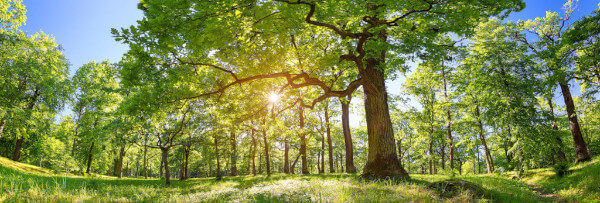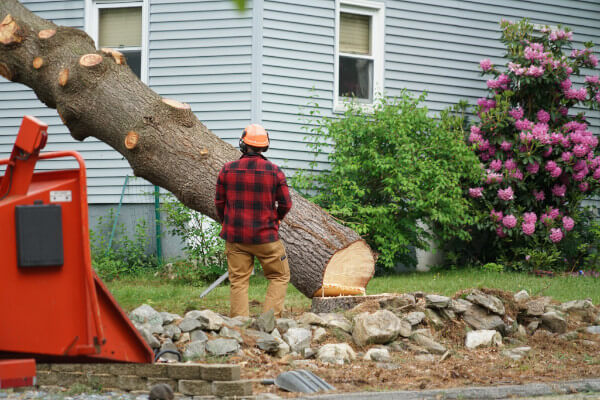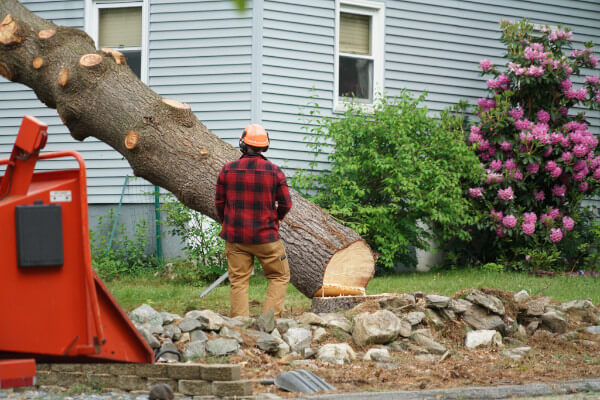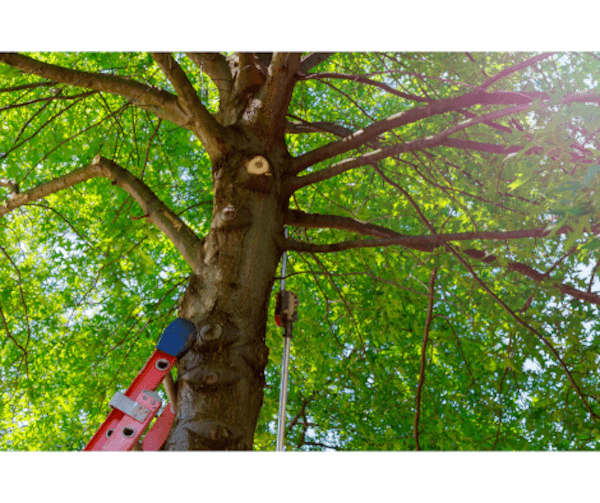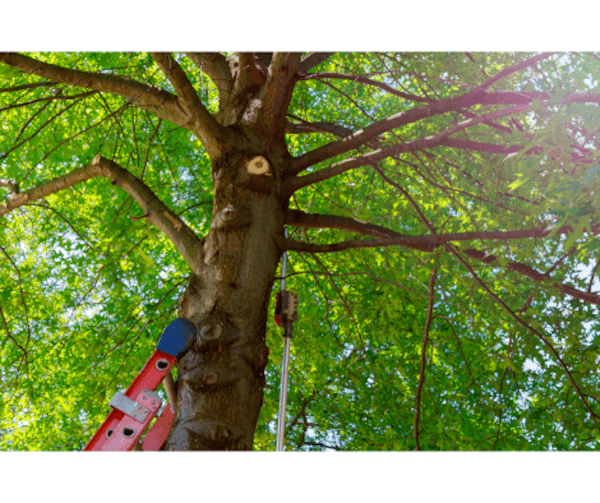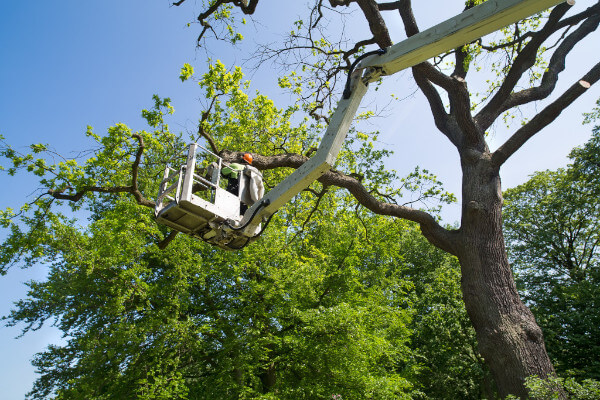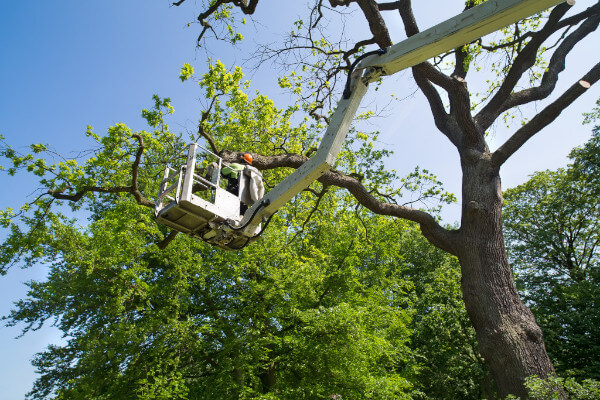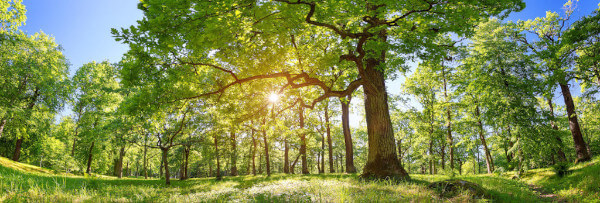
Proper maintenance is essential if you want healthy and happy trees growing in your backyard. There are many tasks you can do throughout the year to ensure your trees continue to thrive. Pest control and fertilising the soil are two options. But one task that tends to get neglected by tree owners is pruning.
Tree pruning is essential for improving your tree’s structure and encouraging newer and healthier growth. What you probably didn’t know is that there are different types of tree pruning methods that can be used for your tree. Each method has its pros and cons and it’s up to you or a professional tree care expert to choose the right one.
But before we go into the different methods of tree pruning let’s clarify the definition. Tree pruning involves selectively removing branches from a tree. This removal of branches is usually done for one of two reasons; hazard reduction and maintenance. Ultimately, tree pruning is done to support the health of the tree while protecting you and your property from any potential damage.
Knowing what your tree needs is crucial for keeping it in healthy shape. Here we’ll cover the essentials when it comes to choosing the right tree pruning method for your tree. It may need a prune for maintenance or some hazardous branches that pose a safety risk. Whatever the reason, we’ll cover them here so you can make a more informed decision about tree pruning techniques.
The different types of tree pruning
Professional arborists and tree surgeons classify their tree pruning techniques and methods by where they are removing the tree’s branches from. The area of the tree where all the main branches grow into is called the crown. The area of the crown where branches are being removed from is what professionals use to define the different types of tree pruning techniques they are doing.
Crown lifting
For this method of tree pruning, the lower branches of the crown are removed. This is a common choice for tree care professionals looking to remove branches that may be obstructing paths or roads. The lower branches of a tree tend to be bigger. So removing them results in larger wounds which can have an adverse effect on the health of the tree. The lower branches usually play a crucial role in preventing a tree from swaying in high winds. Large tree wounds can also make your tree more vulnerable to pests.
Crown thinning
This tree pruning method involves removing branches from all over the crown. There is no particular area of the crown with a heavy focus here. This method aims to increase light penetration and air circulation throughout the tree’s crown. It is important to ensure that not too many branches are removed in this process. Small diameter branches should be the main focus. Removing too many large branches from the centre of the tree can also result in poor structure. Over time, if you only have long thin branches remaining, the tree’s swaying won’t be dampened and this can put extra stress on it during windy weather.
Crown reduction
For a crown reduction, the aim is to reduce the overall size of the tree’s crown. All branches are shortened to help reduce the growth point of the tree. This is a popular option when a tree care professional is trying to reduce the space a tree stands in. For example, if a tree is growing in the corner of a backyard, there’s only a small perimeter it has for growth before the branches start obtruding over the fence and into the neighbour’s yard where they shouldn’t be. A crown reduction can help alleviate this issue.
Clearance tree pruning
Clearance pruning is another great option for trees that are physically obstructing objects around them. In some cases, a tree’s branches may be growing too close to electrical wires and other house features like the gutter. Some branches may simply be growing over the fence. This pruning method involves only removing the branches responsible for obstructing or growing over certain objects around them.
Dead wooding
This tree pruning method involves removing weak branches that are dead, dying or diseased. These branches not only affect the appearance of the tree but also can pose significant risks to safety. If these weak branches remain, they can severely affect the health of the tree. By removing these branches you enable more light to come in through the crown of the tree and support the more healthy growth of newer branches that need it the most.
Formative tree pruning
In a tree’s early years it’s important to do whatever you can to encourage healthier growth in the future. Formative pruning is one of the best ways to do this. During this process, specific branches are removed to prevent structural defects and encourage a healthier and more structurally sound form. By taking care of this process during the early stages of tree development you can help eliminate the need to carry out other tree pruning tasks in the future.
Selective tree pruning
This process of tree pruning is usually done purely for aesthetics. Some branches can have a negative effect on the look of a tree. When a large branch grows out further than others it can throw off the shape and balance of the tree. Ask a professional tree arborist to do this for you, and they will ensure the process is done in a way that won’t diminish your tree’s overall health.
Weight reduction
Throughout a tree’s life, it can start to grow branches that are over-extended, or very end-heavy. When a branch becomes too heavy it can become a safety issue. Weight reduction tree pruning is usually down for lateral branches. Lateral branches are those which grow off the main trunk of the tree. A weight reduction tree prune will help improve the safety of your tree and reduce the risk of weak branches falling off it.
Making the right choice for your tree
Now that you know of the most common tree pruning techniques, it’s time to diagnose your tree. Can you spot any structural issues? Look out for warning signs like dying or lateral branches that have outgrown their welcome. If you’re not confident about diagnosing your tree’s issues then why not call in the experts?
Here at Daryl’s Tree Care, we have a team of qualified and experienced tree arborists that can diagnose any issues your tree may have. With careful consideration, they will choose the right tree pruning techniques for your tree. They understand how important it is that your tree continues to thrive without being a safety risk to your or your neighbours. So if you’re concerned about the safety of your tree then why not give us a call? Our tree care experts can inspect your tree and provide you with a quote.
Call our professional arborists today for a tree pruning quote on 9897 4418.
The post Choosing the right tree pruning method for your tree appeared first on Daryl’s Tree Care And Surgery.
